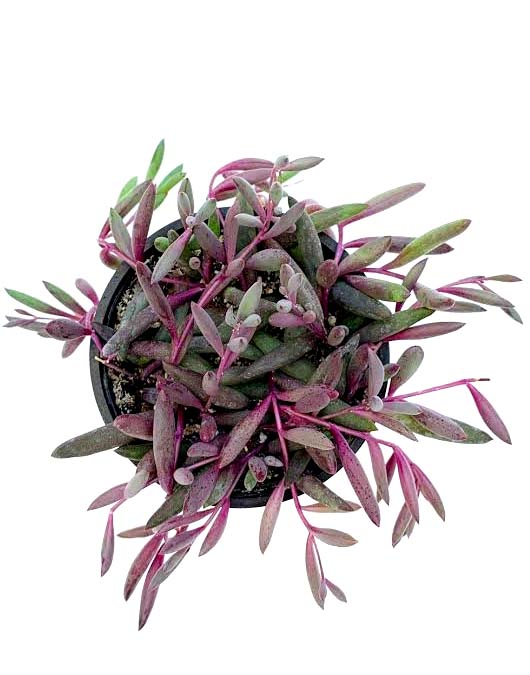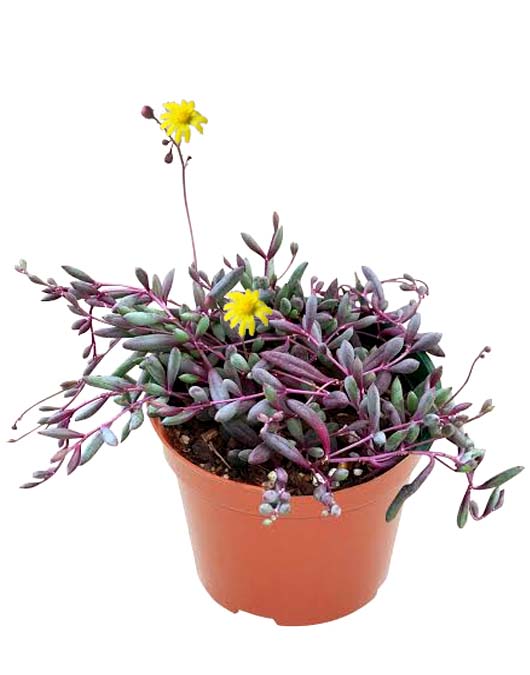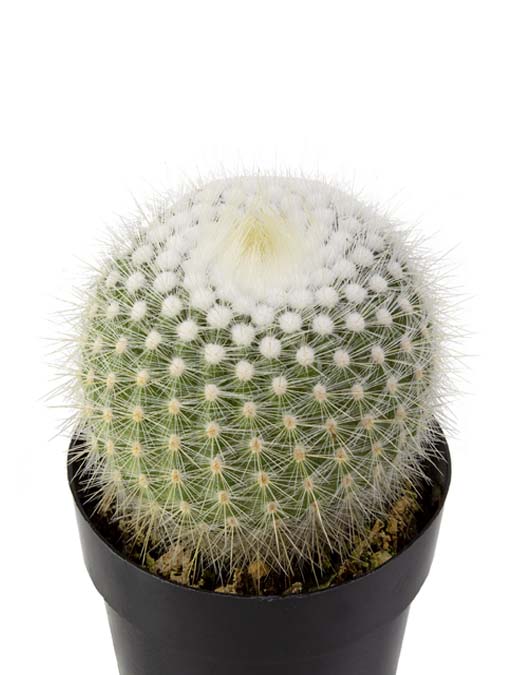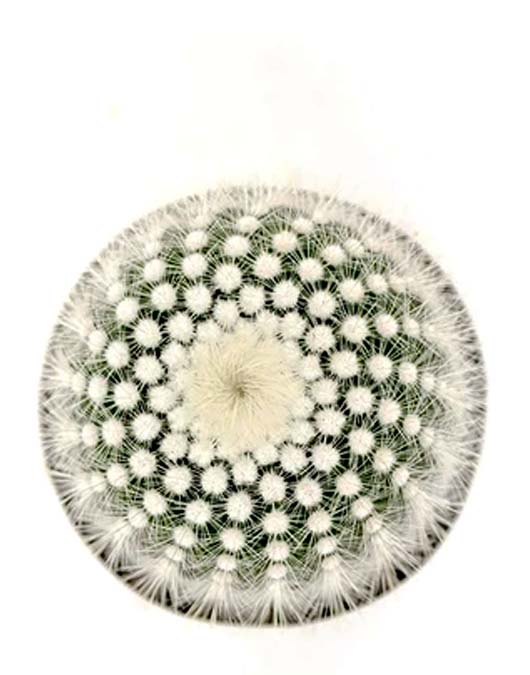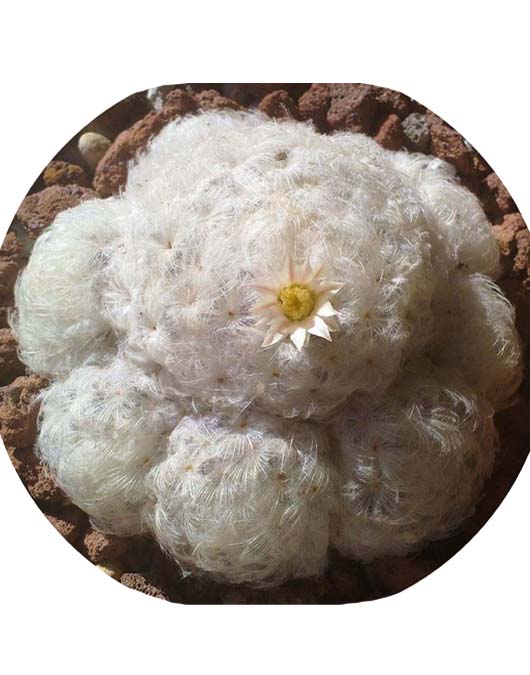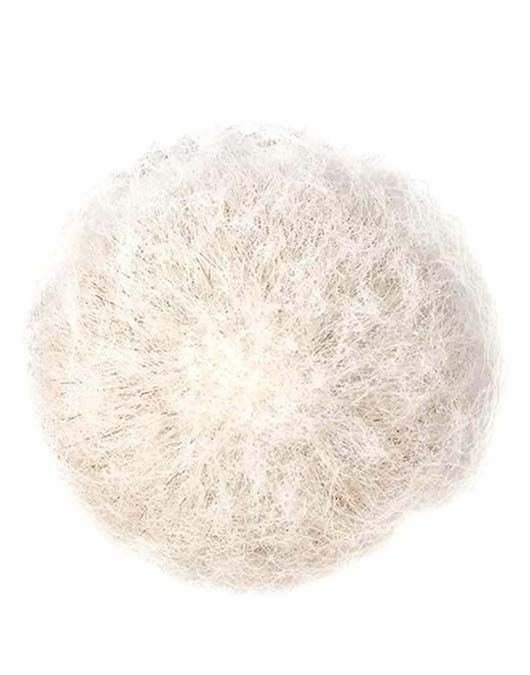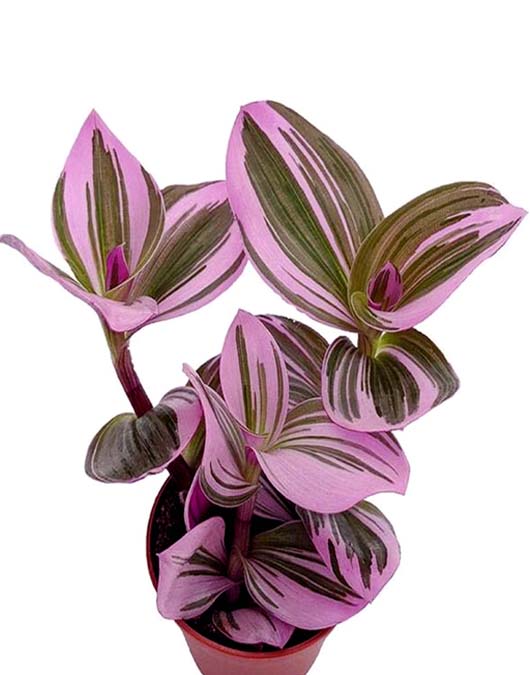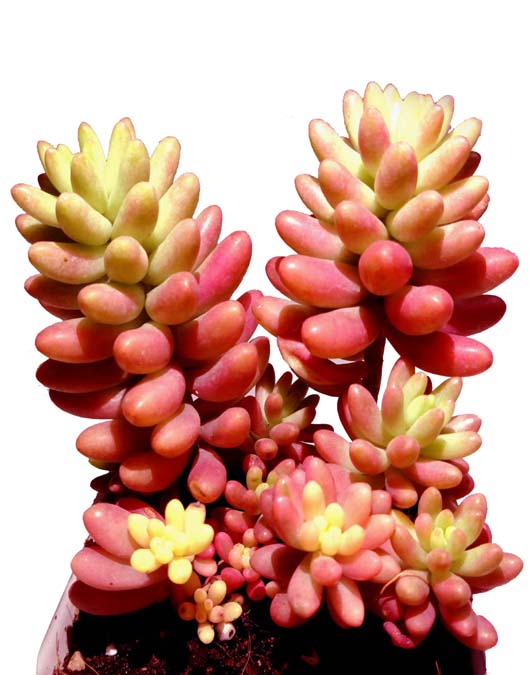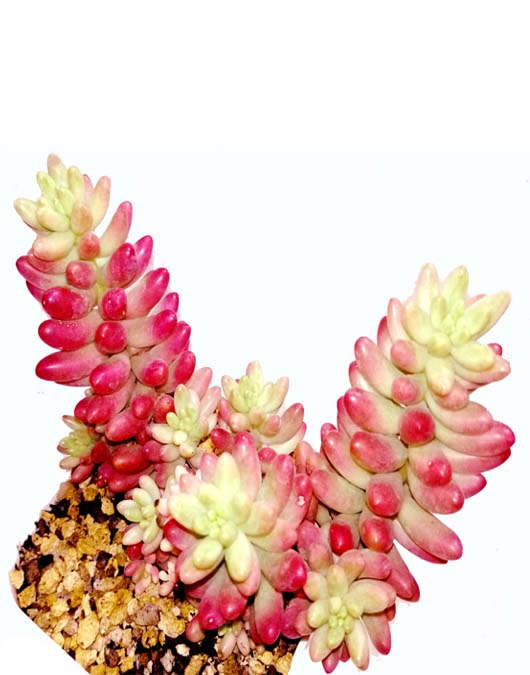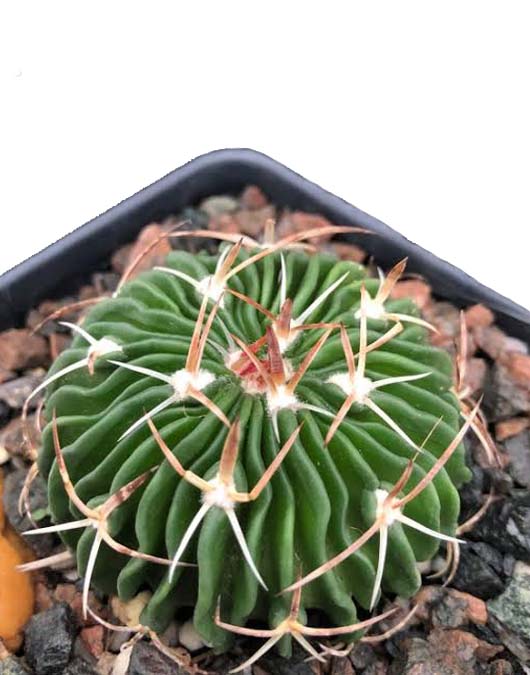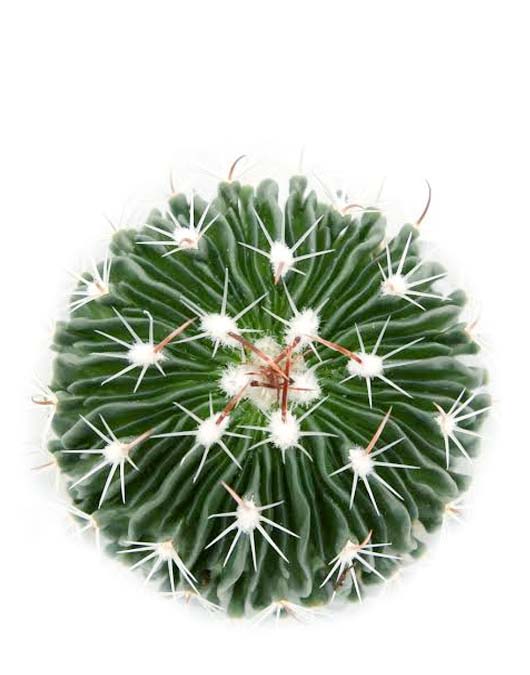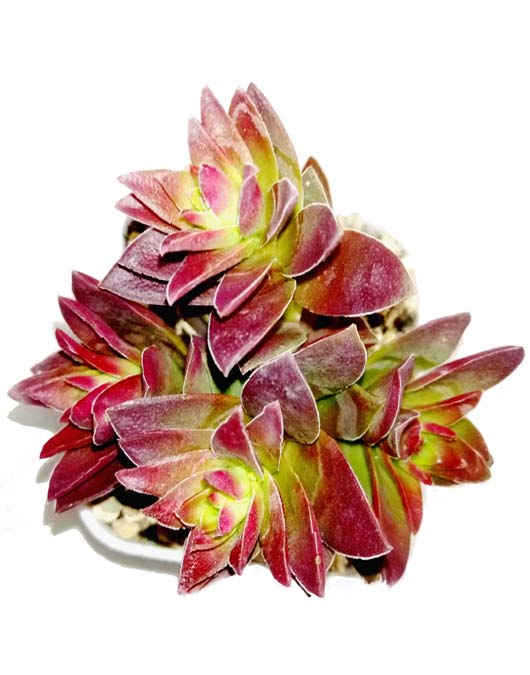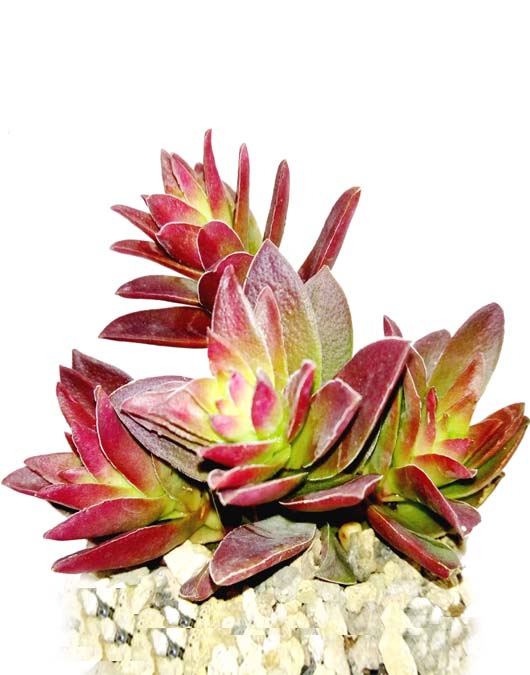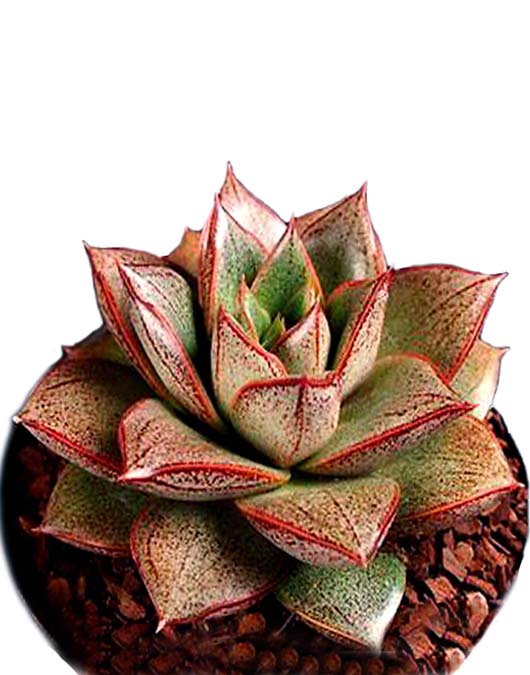- Parodia scopa is a cactus with ball-shaped or short cylindrical stems with a spiny woolly crown and pale yellow flowers that appear in summer.
- The “Silver Ball” is native to South America (Argentina, Bolivia, Peru, Brazil, Columbia, and Uruguay), and part of the genus notocactus. Like many of the hardy succulents native to South America and the Southwest, these plants are best suited for dry, arid environments.
- These plants can live for many years, but they may not grow very large. They tend to grow in a ball or barrel-shaped and produce brush-like spines.
- With most ball type cactus species, the flowers are a bright yellow or yellowish-orange. They don’t produce a fragrance.
- Espostoa lanata is a species of cactus of the genus Espostoa. Its common names are Peruvian old man cactus, cotton ball cactus, snowball cactus, snowball old man.
- Espostoa lanata is a columnar cactus with densely hairy stems that grow up to 23 feet (7 m) and up to 8 inches (20 cm) in diameter.
- When young, this cactus grows very rapidly. When it reaches two years of age, growth slows quite a bit.
- Mature plants (at least two years old) produce nocturnal flowers in shades of white, lavender and purple in the late spring and early summer.
- The flowers are large and showy and can be a couple of inches across. When the plant becomes very mature, it may stop producing flowers if kept indoors. Outdoor plants will continue to grow vigorously and bloom even in maturity.
- Plant Will Be Given with Free Plastic Pot
- Tradescantia Nanouk (Tradescantia albiflora ‘Nanouk’), also known as Fantasy Venice, is a special type of spiderwort plant that’s become a must-have for plant lovers. Pink, white, purple, and green stripes pattern its lush leaves on upright stems.
- Tradescantia Nanouk is such a hardy grower that it doesn’t require fertilizing.
- Tradescantia got its common name Wandering Jew, because of the wandering way it grows. It spreads quickly, with sections of stem all growing in slightly varying directions, wandering about.
- Plant Will Be Given With Free plastic Pot
- Sedeveria are hybrids of sedum and echeveria. They are succulent, and therefore drought-tolerant once established They can be propagated easily by separating offsets.
- Sedeveria Rolly is an intergeneric hybrid between Sedum and Echeveria. It is a clump-forming succulent with rosettes of shiny, bright green leaves
- Low maintenance perennial indoor potted plant
- Rare Sedevaria Rolly Succulent Plant
- Perfect gift for succulent lovers
- Plant Will be Given with Free Plastic Pot
- Sedum x Rubrotinctum ‘Aurora’ is the most beautiful little succulent. The colors are so dainty and pretty and makes a great addition to any garden or collection.
- It has pale pink, fleshy jelly bean shaped leaves with small yellow flowers emerging in the winter. Perfect for hangers, rockeries as long as grown in a partly shade position.
- Six- to eight-inch (15-20 cm.) stems grow upward and lean when leaves weigh it down. Small yellow flowers appear abundantly in winter to spring during the early years of growth.
- Sedums grow best in well-drained gravelly soil that is not wet in winter.
- Plant Will Be Given With Free Plastic Pot
- The base coloration of Stenocactus multicostatus ‘Wave Cactus’ is a rich, greyish green, which serves as a lovely backdrop for the large pink blooms that will emerge during the summer months, featuring yellow stamens and deeper pink striping down the length of each petal.
- The brain cactus (Stenocactus multicostatus) features distinctive wavy ribbing on its surface that almost looks like the folds of a brain,
- Stenocactus Multicostatus is native to Mexico, specifically to the Chihuahua, Coahuila and Durango, Zacatecas, and the Nueva Leon regions. The dry meadowlands suit it well, and it adapts well to draughts by hiding in the rocky soil.
- Its small size and low-growing nature make it suitable to be grown in pots. In suitable environments, it can also be grown outdoors
- Plant Will be Given With Free Plastic Pot.
- This plant is a cluster of rosette shaped leaves in beautiful shades of emerald green, lime green and rose, like glittering jewels.
- ‘Campfire’ requires very little care and prefers a location with good sun and good drainage. Blooms with inconspicuous white flowers
- Crassula Erosula Flame plant are very easy to grow
- Rare Variety
- Plant Will Be Given With free Plastic Pot
- Echeveria purpusorum is a small succulent with tight, usually solitary rosettes that occasionally produce few offsets.
- Echeveria purpusorum is a petite rosette-shaped succulent. They are native to Oaxaca and Puebla, Mexico.
- The genus Echeverria is named after Atanasio Echeverria Codoy, an 18th-century botanist. However, the purpusorum species was discovered by Carl and George Purpus. Carl, a botanist and George, the explorer usually worked together.
- Like most succulents, Echeveria Purpusorum is short and thick-leaved plant. It is known in some circles as The Rose or Urbinia. Its moniker, the rose, comes from its leaves’ arrangement and pigmentation. A full-grown plant resembled a rose flower. This resemblance is reinforced by its red pigmentation along its leaves’ edges.
- Echeveria purpusorum has typical watering needs for a succulent. It’s best to use the “soak and dry” method, and allow the soil to dry out completely between waterings. Be sure not to let water sit on the leaves, and use a well-draining soil.
- Plant Will be Given With Free Plastic Pot

